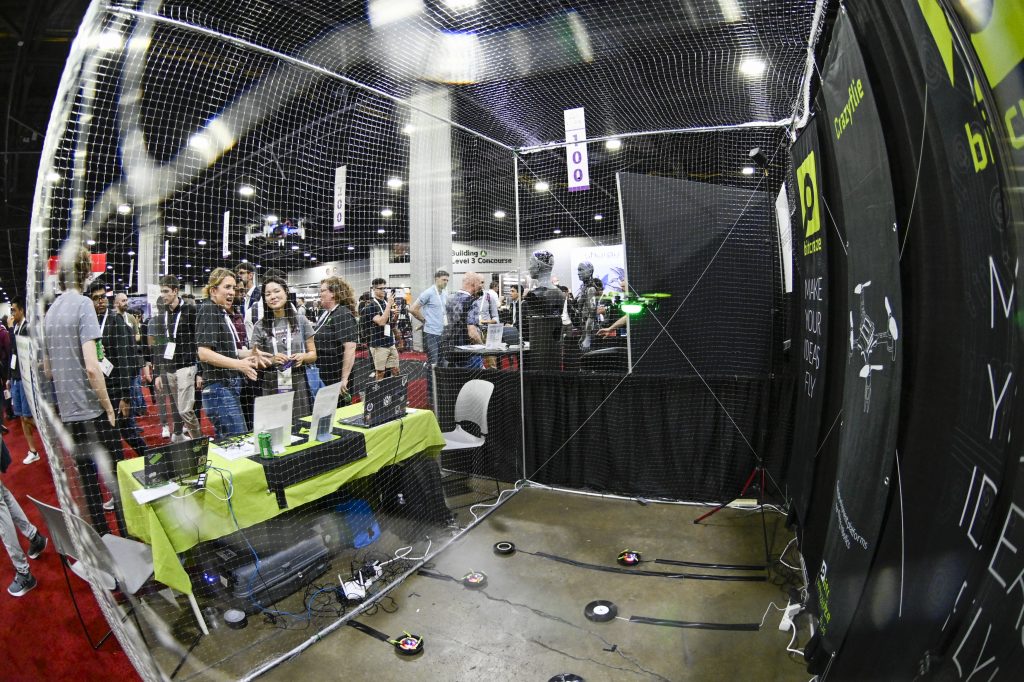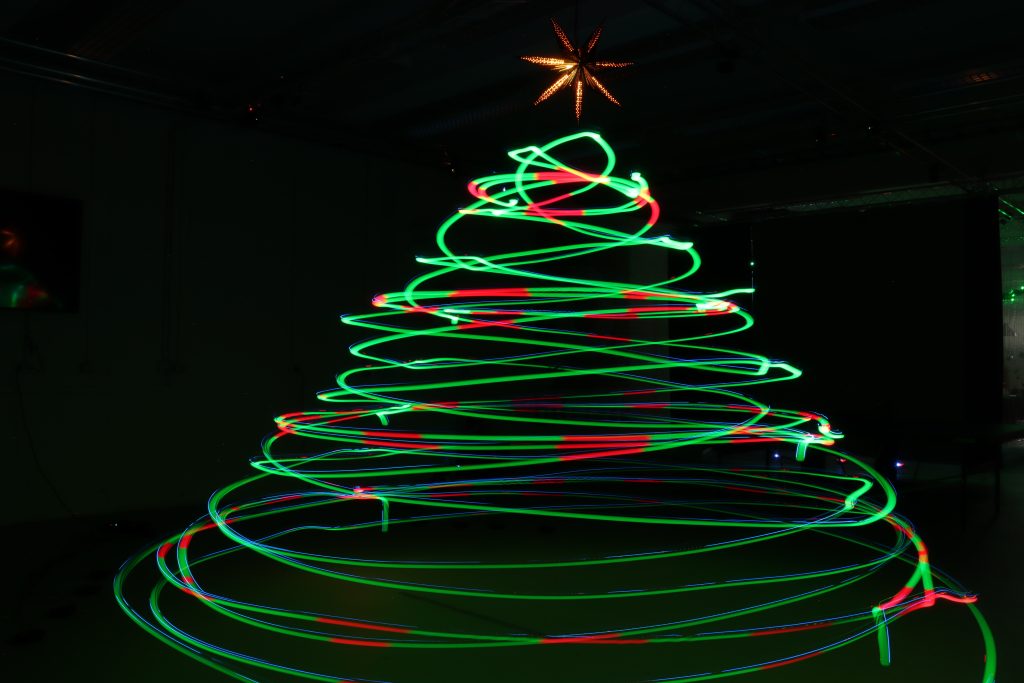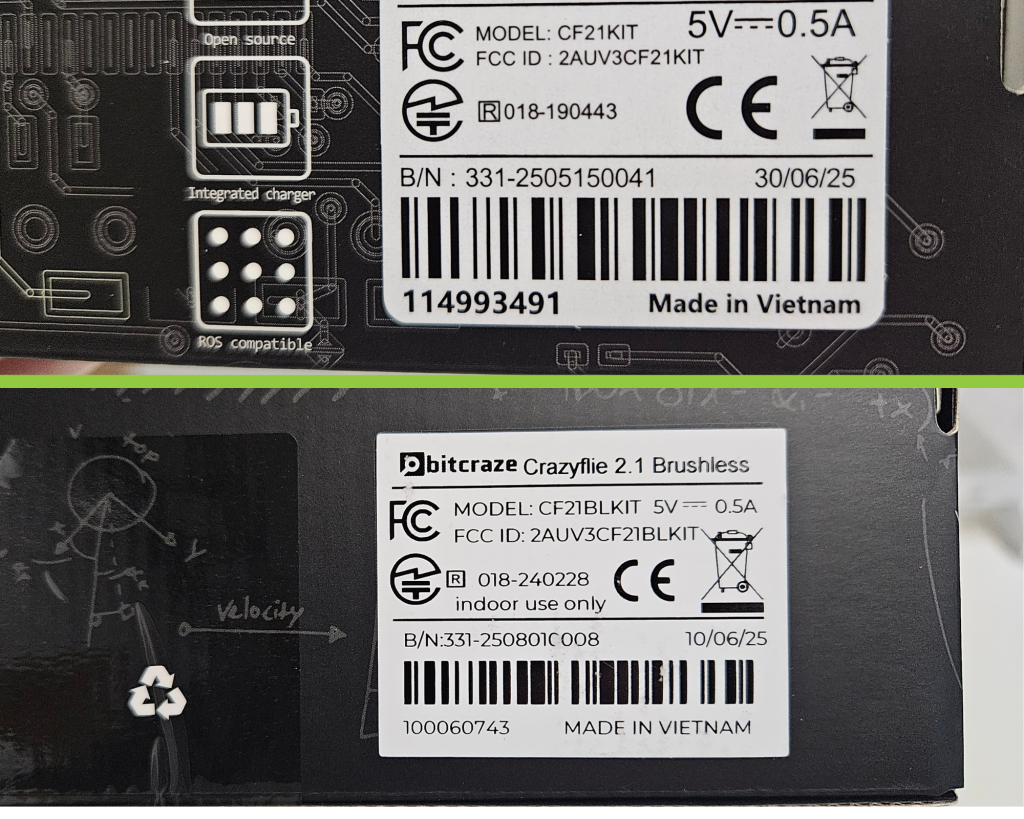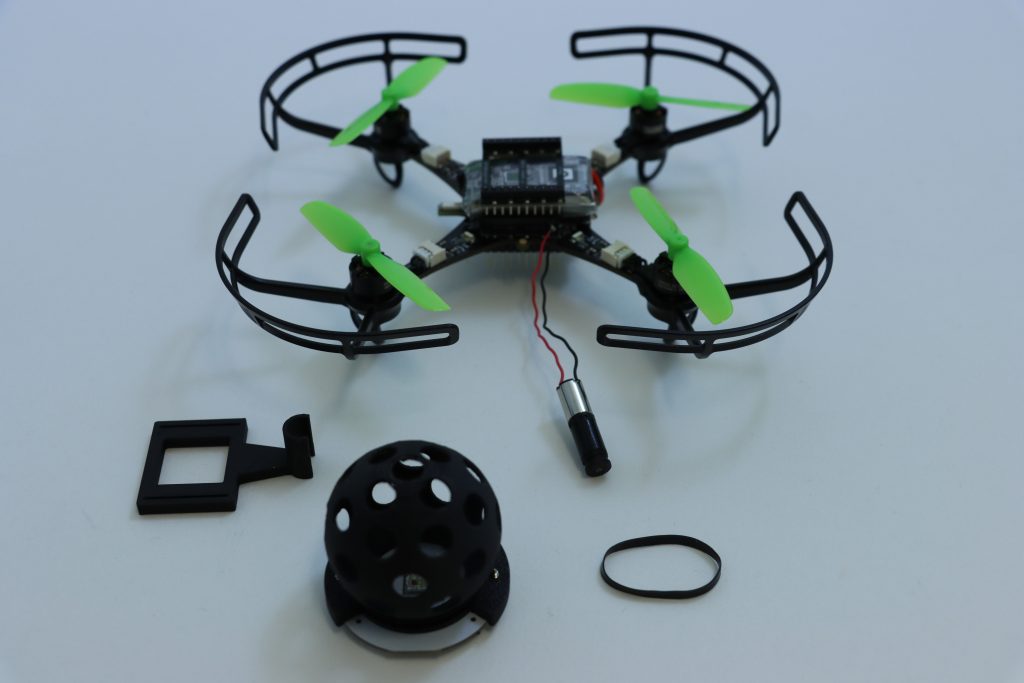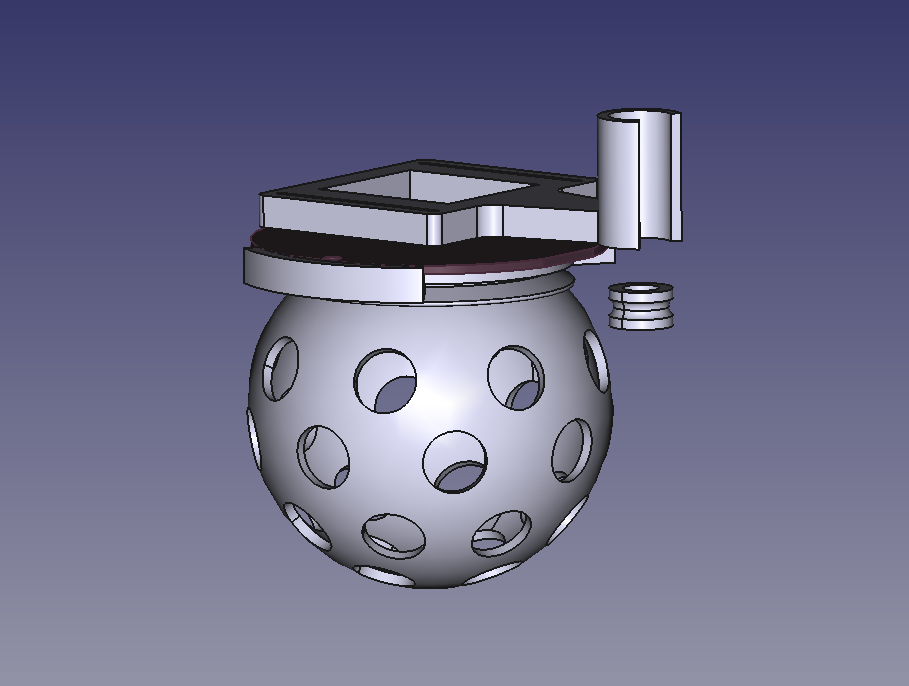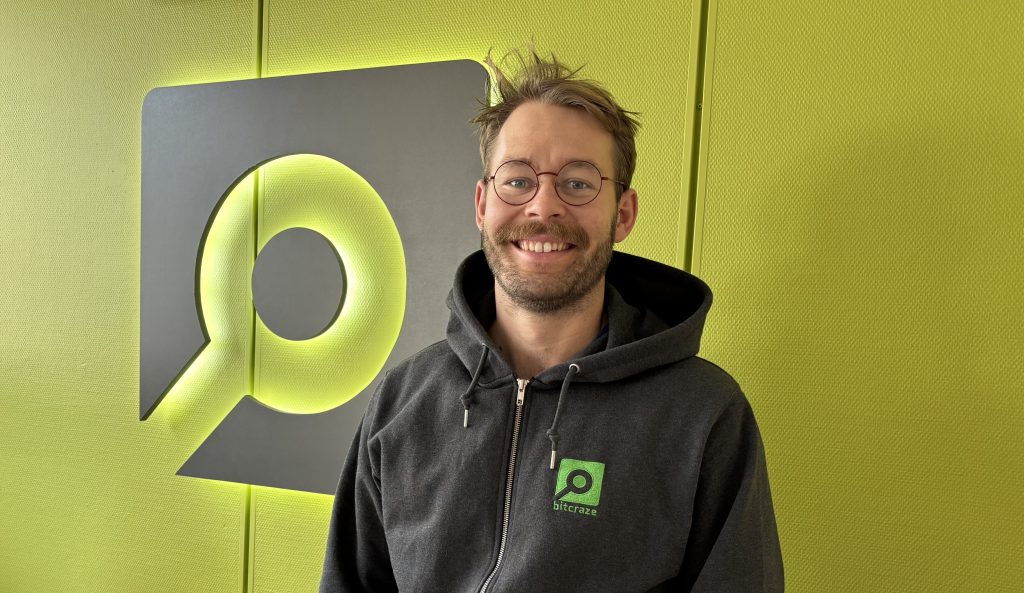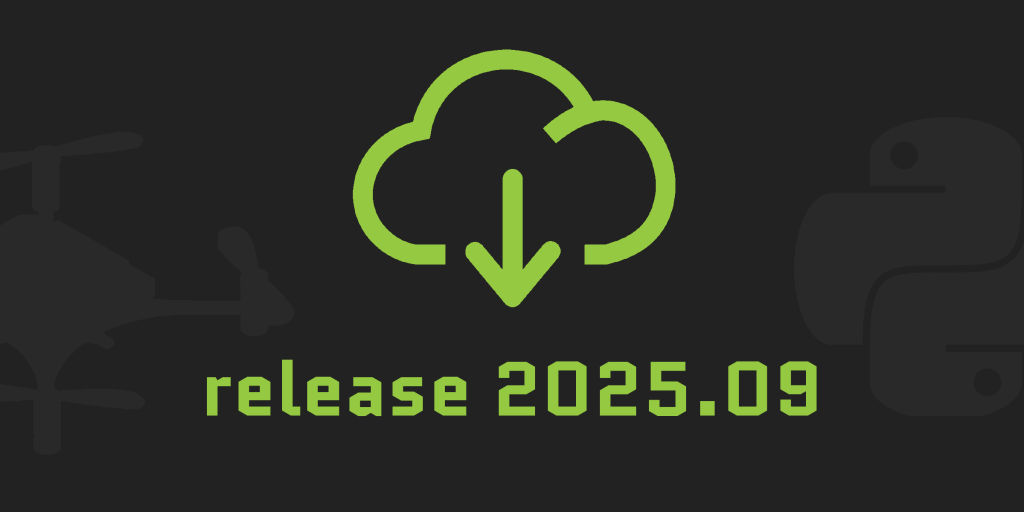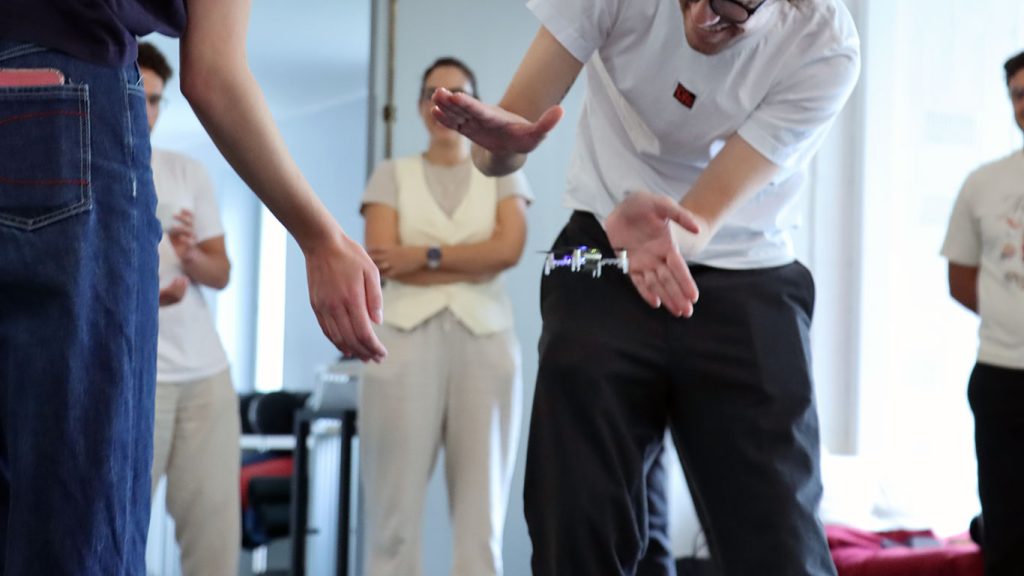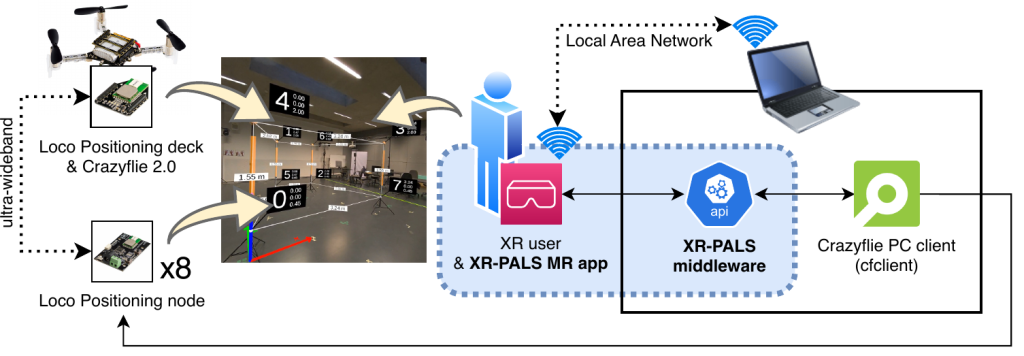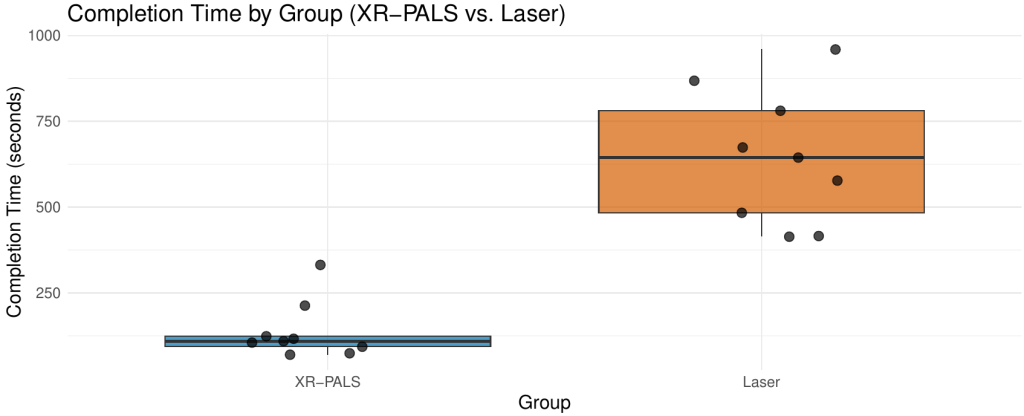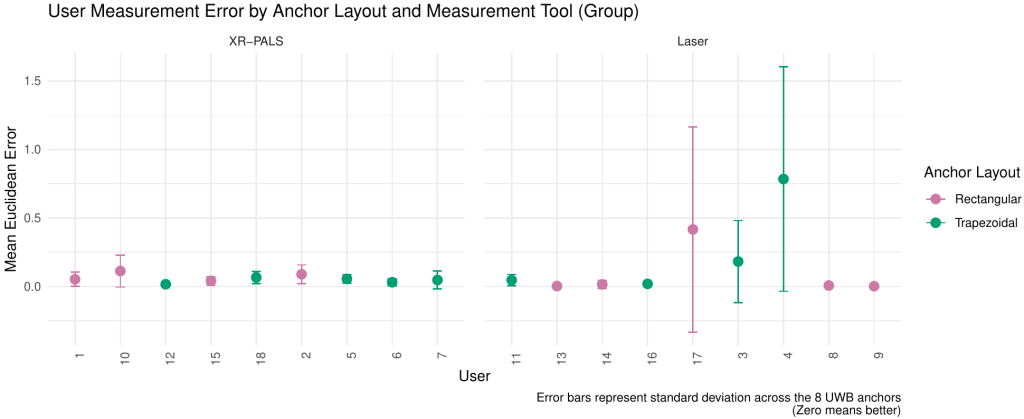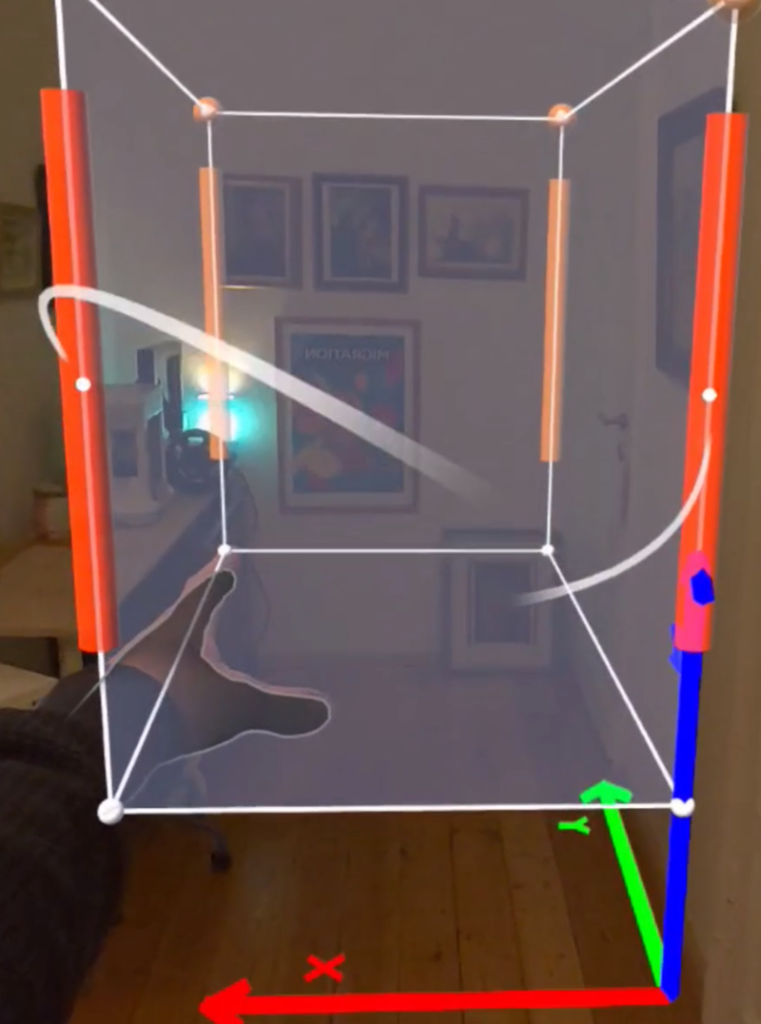With 2025 coming to a close and only a few days left on the calendar, it’s time to turn our attention forward and take a look at what we have planned for 2026. As usual, the year ahead is shaping up to be a busy one, with several long-running projects finally moving closer to release.

Projects
Our first major release of the year will be the Color LED deck, currently planned for the end of January. You can sign up here to receive an email when it’s available! This has been a long-awaited addition, and getting it out the door will allow us to fully shift focus to two larger projects that have been steadily progressing throughout 2025: Lighthouse v2 and the camera deck.
The upcoming Lighthouse v2 deck is designed to support Lighthouse systems with up to 16 base stations, significantly increasing the size of the spaces that can be covered. We made solid progress on this during 2025, both in hardware and software, and 2026 will be about pushing this work further toward a more complete and robust solution.
The camera deck is another project that has been quietly advancing behind the scenes. Several prototypes have already flown successfully, and with more dedicated time now available, we’re aiming to make meaningful progress on this front during 2026 as well. While there’s still work to be done, things are moving in the right direction.
Beyond these headline projects, we also expect to continue improving the Crazyradio 2, building on the updates from 2025 and further strengthening its performance, especially for swarm use cases.
Conferences
As is now tradition, the year will kick off with FOSDEM, where we’ll once again be present — more details on that coming soon. In late March, you’ll also find us at ERF, followed by ICRA in Vienna in early June. Conferences are always a great opportunity to meet the community, see what others are working on, and share what we’ve been building.
We’ll be sharing more information about these events — and possibly a few others — as the year unfolds, so keep an eye on the blog for updates.
Team
After a big growth spurt in 2025, the team is in a good place, but we’re not quite done yet. We still have one open position for a production QA & Embedded Engineer, and we’re looking forward to welcoming the right person to join us.
2026 is shaping up to be an exciting year, and we’re looking forward to sharing more as things develop. With that, we’d like to wish all our users, contributors, and readers a great start to 2026. We hope it will be a year full of successful experiments, smooth flights, and maybe even a few unexpected discoveries. See you in the new year!

